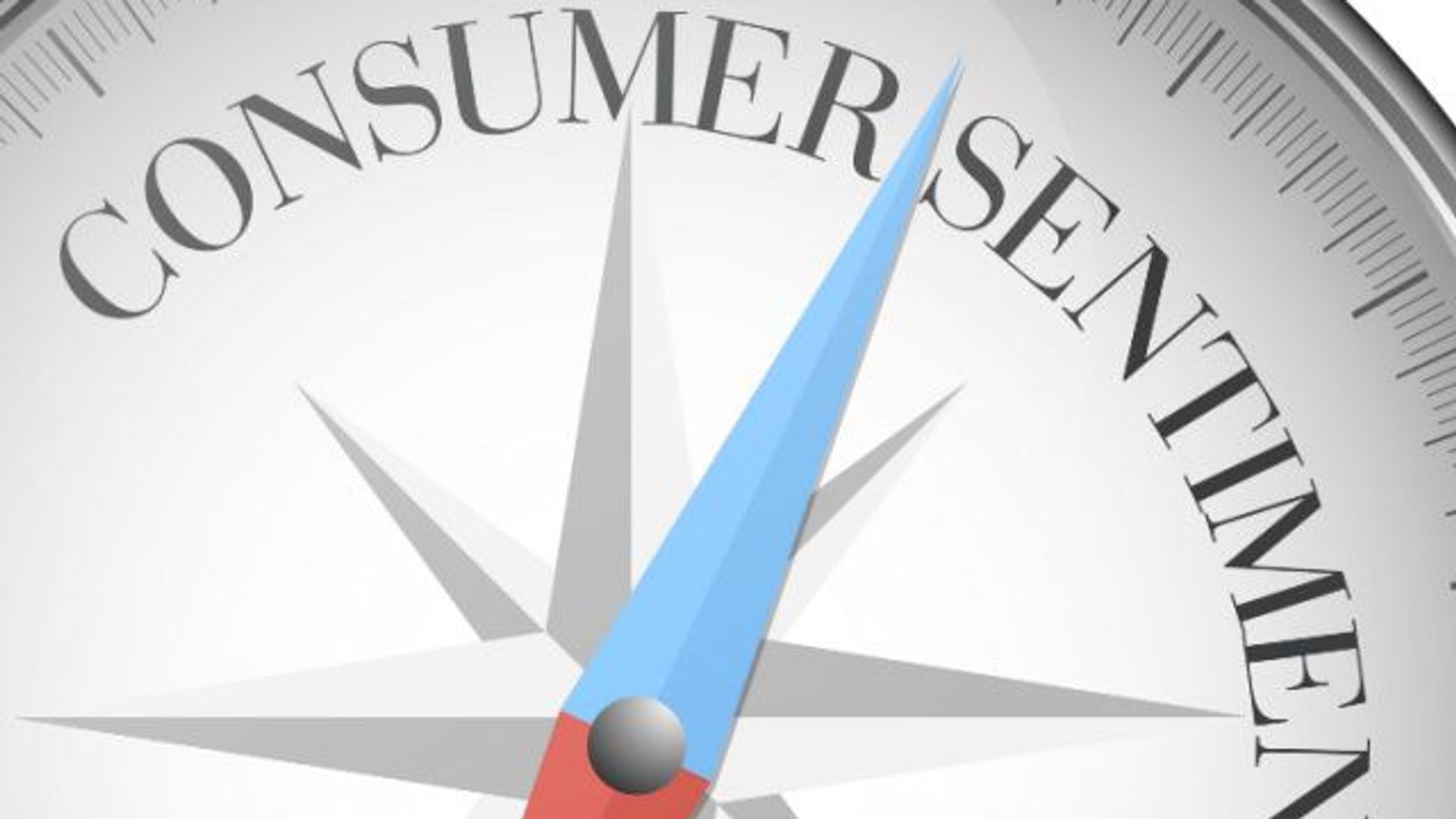
The consumer sentiment in the United States has remained essentially unchanged for four consecutive months, according to a recent survey by the University of Michigan. The preliminary results from their Surveys of Consumers released on April 12th showed that consumers expect inflation to hit 3.1% in the next year, an increase from expectations seen during March. Expectations for long-run inflation also increased, clocking in at 3%, above the range seen during the two years preceding the pandemic before it slowed down significantly.
The slight uptick in inflation expectations reflects some frustration that the slowdown may have stalled. Consumers see inflation rising to a level just above what was seen from 2018-2019, before being hit by COVID-19 and its economic fallout. The rise in consumer sentiment is attributed to this increase in long term expectations for inflation.
The survey also showed that consumers expect higher retail prices in the next six months with more than half of them expecting a 5% or greater increase. This concern is reflected by the fact that more consumers are making only the minimum payments on their credit cards, and some delinquencies are at 11-year highs.
The gold market has also been affected by this slowdown in inflation expectations with prices trading near session highs well above $2,400. The University of Michigan's consumer sentiment index fell to 77.9 from March's upwardly revised reading of 79.4 which significantly missed expectations as economists looked for sentiment to remain relatively stable at 79.
The disappointing economic data is adding to the solid safe-haven bid in the gold market with June gold futures last traded at $2,421.60 an ounce, up 2% on the day. The University of Michigan dismissed this drop in sentiment stating that it has been fairly stable for four straight months and within a very narrow range well under the 5 points necessary for a statistically significant difference in readings.
According to Charles Schwab senior investment strategist Kevin Gordon, inflation expectations are not at a level that should trigger any serious concern. However, he also dismissed the rise in consumer sentiment stating that it is just two weeks after the same University of Michigan survey showed inflation expectations were sitting at their lowest level in about three years reflecting recent volatility in inflation prints.
The Producer Price Index (PPI) showed core prices which exclude volatile food and energy categories increased 0.2% month over month in March, down from a 0.3% increase in February. This tells a slightly different story than consumer price expectations but still reflects some concern about the inflation slowdown may have stalled.
Federal Reserve Chair Jerome Powell has spoken extensively about the importance of public perception of inflation's path forward stating that having consumers expect inflation to return to 2% despite it moving up, is a very important factor in bringing inflation back down. He added if price-setters and wage-setters in the economy believe that inflation will be 2%, then that will actually happen.
Overall, consumer sentiment remains remarkably steady for four consecutive months with consumers perceiving few meaningful developments in the economy.

